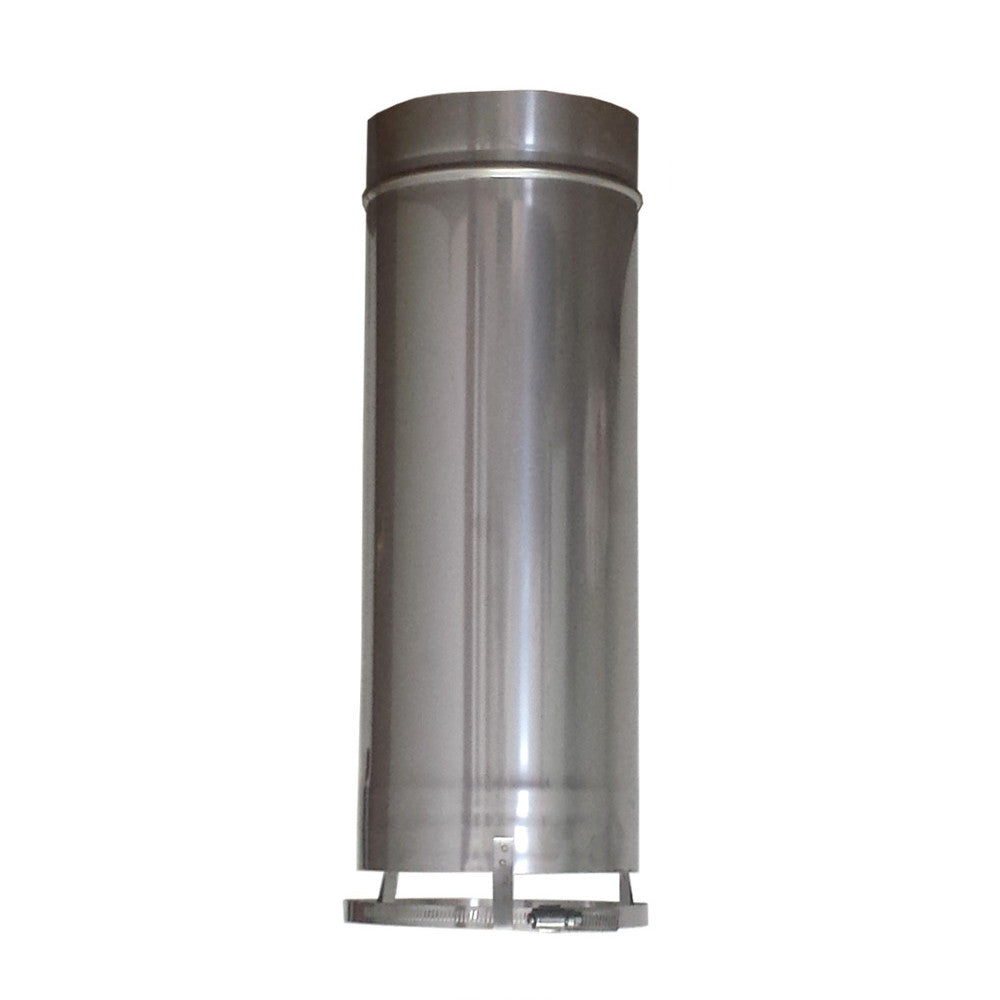Hey everyone, I've been lurking a while trying to get some insight into my problem here, but I just can't figure it out.
We moved into this home with a Jotul F400 and I've been enjoying having it, but the more experience I get with the stove, the more I understand how horribly it is operating, and I can't figure out why.
The setup - vertical pipe with one elbow into the wall, joining with a block chimney. I also added a 3" inlet flex hose that draws from the crawlspace beneath the stove.
I'll use a ton of kindling, top down style, I'll leave the cracked open for like 10 minutes letting a big hot fire get going (I have no chance of getting a big fire without the door open) and if I can eventually hit 400 or so, I'll close the door, but more often than not, the fire slowly dies once the smaller stuff burns up, and I'm left with hot coals and the big log on the bottom, but it just wont burn nice.
I see videos of other stoves and it seems like most people get MASSIVE airflow with their damper all the way open. Its a RARE thing that the right magic circumstances allows me to achieve a nice reburning fire where I have ANY latitude to close the damper a little to regulate. I have to crack the ash pan door to get the kind of flow I usually see from people who have all the doors closed but the damper open.
I have tried many fire building methods, I have a moisture meter, wood is fine. Is there a chance my air inlet is blocked somewhere and I need to get in there and inspect/clean? Is that a thing?
EDIT - I say "closed the damper...." I meant I had latched the ASH PAN door.
Thanks so much. I've attached a video example. This was after a morning fire, started about 2 hours prior, so the chimney is drafting, and the flue should be plenty hot.
We moved into this home with a Jotul F400 and I've been enjoying having it, but the more experience I get with the stove, the more I understand how horribly it is operating, and I can't figure out why.
The setup - vertical pipe with one elbow into the wall, joining with a block chimney. I also added a 3" inlet flex hose that draws from the crawlspace beneath the stove.
I'll use a ton of kindling, top down style, I'll leave the cracked open for like 10 minutes letting a big hot fire get going (I have no chance of getting a big fire without the door open) and if I can eventually hit 400 or so, I'll close the door, but more often than not, the fire slowly dies once the smaller stuff burns up, and I'm left with hot coals and the big log on the bottom, but it just wont burn nice.
I see videos of other stoves and it seems like most people get MASSIVE airflow with their damper all the way open. Its a RARE thing that the right magic circumstances allows me to achieve a nice reburning fire where I have ANY latitude to close the damper a little to regulate. I have to crack the ash pan door to get the kind of flow I usually see from people who have all the doors closed but the damper open.
I have tried many fire building methods, I have a moisture meter, wood is fine. Is there a chance my air inlet is blocked somewhere and I need to get in there and inspect/clean? Is that a thing?
EDIT - I say "closed the damper...." I meant I had latched the ASH PAN door.
Thanks so much. I've attached a video example. This was after a morning fire, started about 2 hours prior, so the chimney is drafting, and the flue should be plenty hot.
Last edited:


